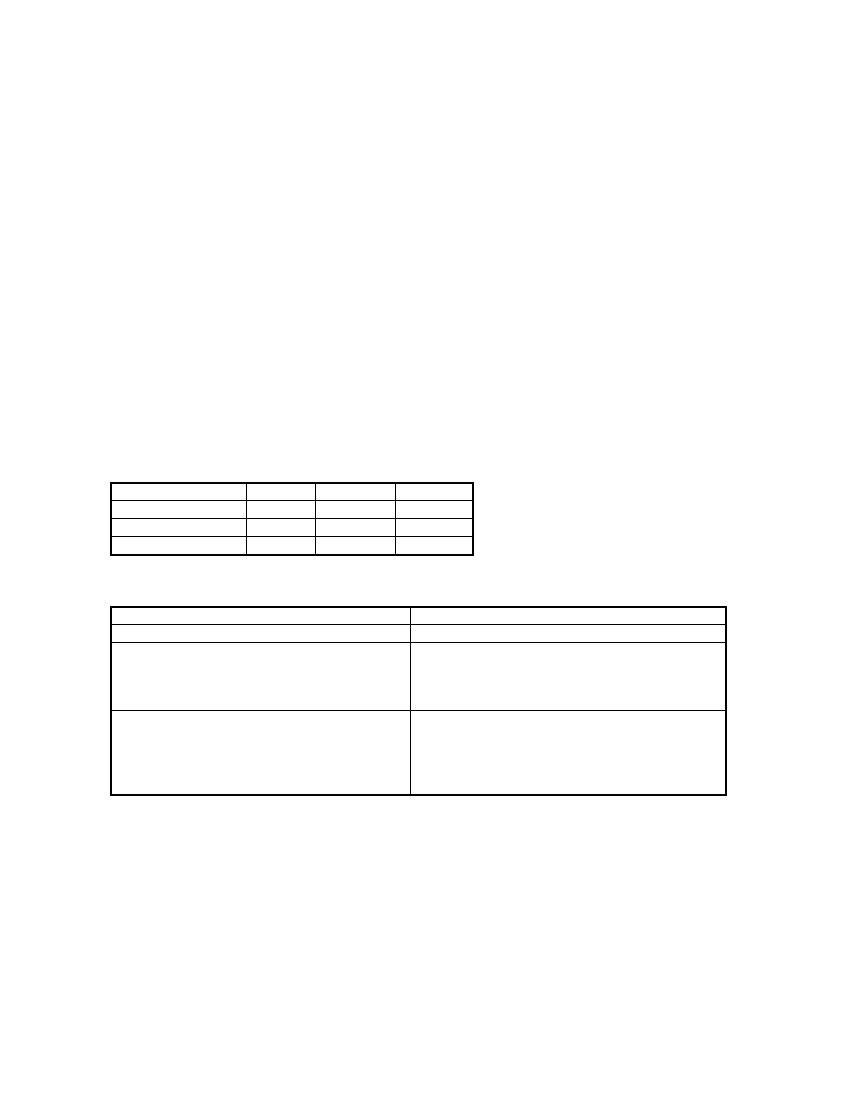
Dome
The dome of the biogas plant is hemispherical with a constant radius. Consequently, the masonry
work is just as simple as for a cylinder and requires no falsework. The only accessory tool needed is
a trammel.
The dome masonry work consists of the following steps:
- finding and fixing the centerpoint of the dome radius in relation to the level line
- layer-by-layer setting of the dome masonry, with the bricks set in mortar, positioned and
aligned with the aid of the trammel and tapped for proper seating
- in the upper part of the dome - when the trammel is standing at a steeper angle than 45°,
the bricks must be held in place until each course is complete. Sticks or clamps with
counterweights can be used to immobilize them.
Each closed course is inherently stable and therefore need not be held in place any longer. The
mortar should be sufficiently adhesive, i.e. it should be made of finely sieved sand mixed with an
adequate amount of cement.
Table 5.9: Mortar mixing ratios (Source: Sasse, 1984)
Type of mortar
Masonry mortar
Masonry mortar
Rendering mortar
Cement
2:
1
1
Lime
1:
:
:
Sand
10
6
4-8
Table 5.10: Suitability tests for rendering/mortar sands (Source: Sasse, 1984)
Test
1. Visual check for coarse particles
2. Determining the fines fraction by immersion
in a glass of water: 1/21 sand mixed with 1 1
water and left to stand for 1 h, after which the
layer of silty mud at the top is measured.
3. Check for organic matter by immersion in
an aqueous solution of caustic soda: 1/2 I
sand in 1 1 3 % caustic soda with occasional
stirring. Notation of the water's color after 24
h.
Requirement
Particle size: <7 mm
Silt fraction: < 10%
Clear-to-light-yellow = low org. content: suitable
for use
Reddish brown = high org. content: unsuitable
for use
Rendering
Mortar consisting of a mixture of cement, sand and water is needed for joining the bricks and
rendering the finished masonry. Biogas plants should be built with cement mortar, because lime
mortar is not resistant to water.
The sand for the mortar must be finely sieved and free of dust, loam and organic material. That is, it
must be washed clean.
57